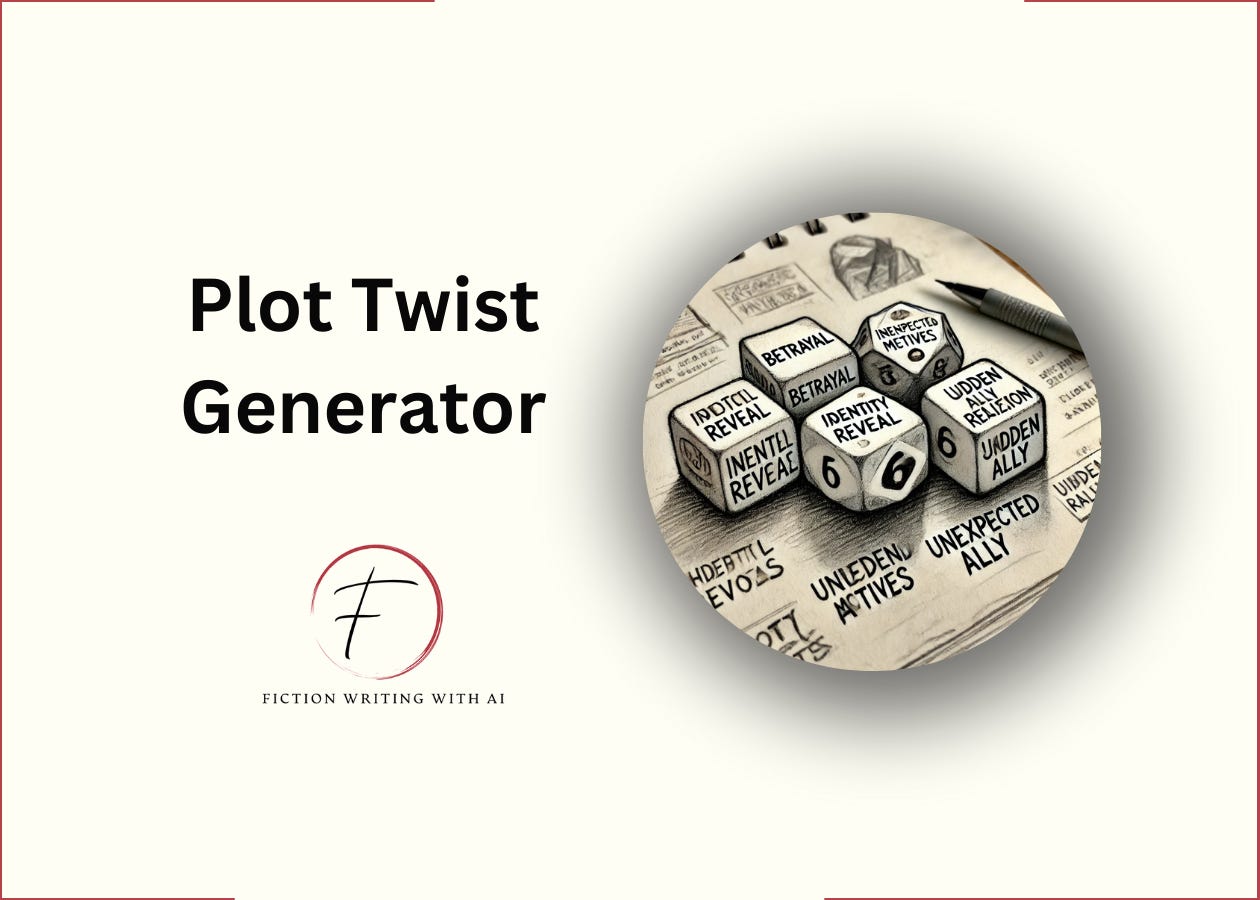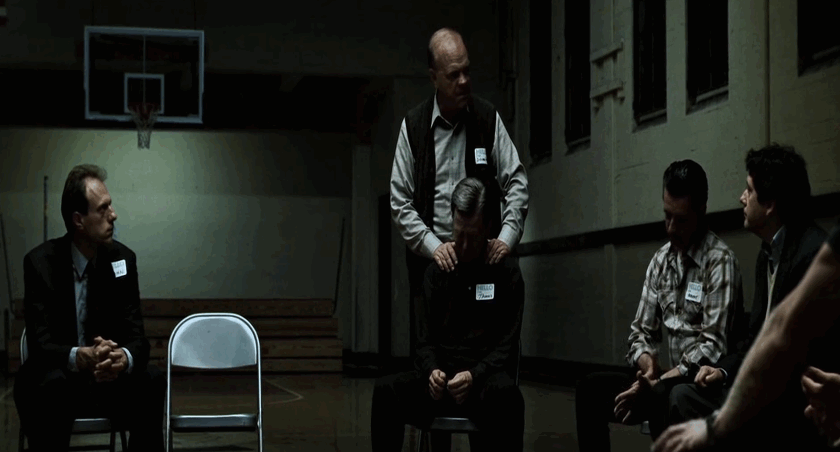Sponsored By: The Writing Game for Storytellers
Think writing a book is a marathon? It doesn’t have to be.
With The Writing Game, you’ll build a consistent writing habit and track your progress with ease. Set your Sacred Hours, show up daily, and watch your book take shape—one hour at a time. Turn your writing process into an addictive game and hit your creative goals faster than you thought possible.
Click here to start leveling up with The Writing Game for $49.
The key to a great plot twist?
They’re inevitable.
The problem is most writers focus on shock over substance. They try to trick readers instead of rewarding them.
Look at twists that you like. The ones that give you the chills in books, TV shows, video games, anything that made you think, “WTF just happened?!”
They share 3 key elements:
1. They’re Set Up From The Start.
A plot twist shouldn’t come out of nowhere.
You need to plant breadcrumbs throughout the story. However, the “hints” should be subtle—things the reader doesn’t consciously notice at first but can piece together later.
For example:
In Fight Club, Tyler Durden and the narrator "Jack" are never seen interacting with each other by other people. Characters only address one of them at a time. These clues seem innocuous at first. But they take on new meaning when the twist is finally revealed.
The key is subtlety.
Plant your seeds lightly. Let them grow in the background. You're telling two parallel stories—the apparent one and the true one.
Every scene should fit both narratives.
2. They Make Your Reader Rethink Everything They’ve Just Read.
The reveal needs to make your reader mentally rewind the story.
They should be able to look back and see how the story has been leading them to this moment, even if they didn't catch it right away. The Sixth Sense does this brilliantly. Remember the restaurant scene where Bruce Willis' character is trying to talk to his wife? At first, it seems like she's giving him the cold shoulder. But after the twist, you realize she can't see or hear him at all. She's not being cold—she's grieving.
In this video, M. Night Shyamalan elaborates on the clues you might have missed.
3. They Make Your Reader Feel Outsmarted, Not Cheated.
As if it couldn't have been any other way.
In The Usual Suspects, once you know Verbal is Keyser Soze, all the pieces fall into place. His limp vanishing. The details pulled from the office.
You want the reader thinking, “It’s so obvious, I can’t believe I missed it!”
So, How Do You Plan A Twist Where The "Bad Guys" Turn Out Good?
Run the Plot Twist Dice prompt.
This prompt generates a 15 different potential plot twists for your story. It combines the 5 types of story reversals (Identity, Motive, Perception, Fortune, and Fulfilment) and 3 twist types (Classic, Mid, and Double).
Some of these twists will flip your characters' moral alignments. Maybe your hero's been manipulated all along. Or your villain is actually trying to save the world.
The AI doesn't write your story for you. But it might spark an idea you never saw coming.
Here's how to play:
Keep reading with a 7-day free trial
Subscribe to Fiction Writing With AI to keep reading this post and get 7 days of free access to the full post archives.





